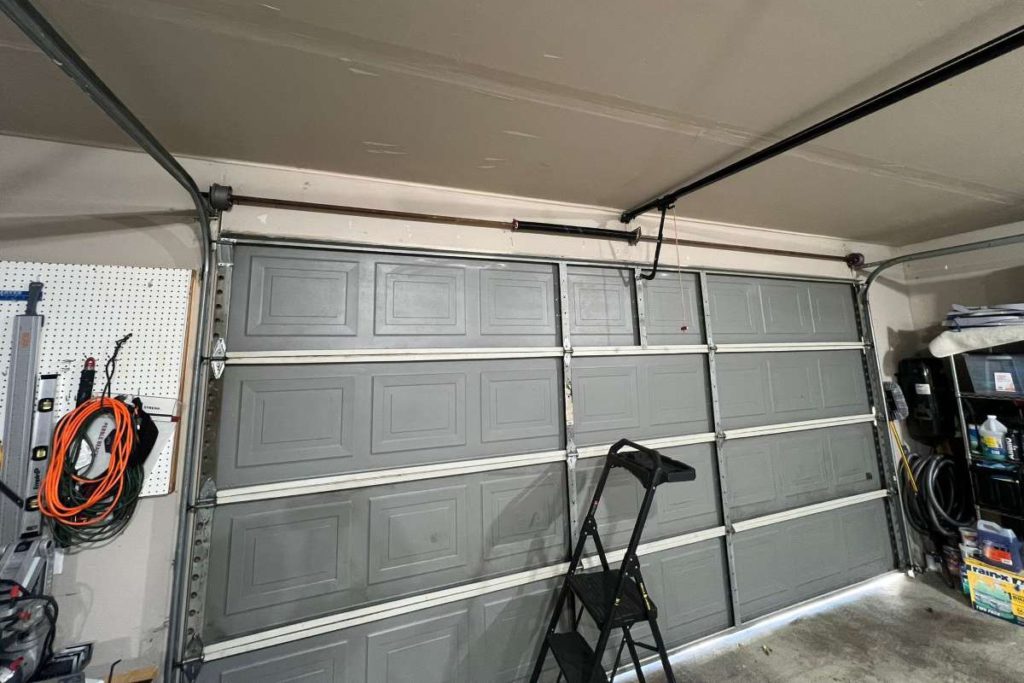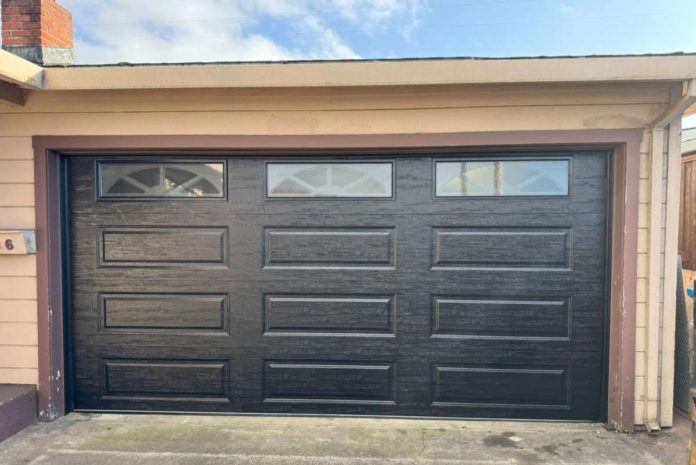Most homeowners rely on their garage door every day, yet few give it a second thought—until something goes wrong. The door gets stuck, moves unevenly or starts making a sound that wasn’t there before. It’s easy to assume it’s a simple fix, but behind that button is a large mechanical system that needs regular care.
A garage door is the largest moving object in most homes. It operates under tension, using heavy-duty springs, metal cables, rollers and sensors—all of which can wear down over time. The good news? Keeping it running safely and smoothly isn’t complicated. All it takes is a few simple habits and a little awareness.
Every time the door opens, it puts stress on multiple parts of the system. Without maintenance, even small issues can escalate quickly. A dirty track can cause the door to shake. Misaligned sensors can stop the door from closing. A worn-out spring can snap and send the entire system off track.
Regular maintenance helps avoid emergency repairs, extends the life of your door and protects your home and family.
What You Can Do: The Monthly Garage Door Check

1. Watch and Listen: Operate the door and pay attention to how it moves. Look for signs of shaking, grinding noises or if it closes faster than normal. These are often the first signs of trouble.
2. Wipe Down the Tracks: Use a clean, dry cloth to remove dust and debris from the tracks. Don’t lubricate the tracks—clean, dry metal is best for smooth movement.
3. Test the Auto-Reverse: Place a block or small object in the door’s path and try to close it. The door should stop and reverse immediately. If it doesn’t, the safety system needs adjustment.
4. Clean the Sensors: Located near the bottom of the door, the sensors are essential for safe operation. Gently wipe the lenses with a soft cloth and make sure they’re aligned. Even a little dust can cause the door to stop unexpectedly.
5. Check the Rollers: Examine the small wheels along the edge of the door. If they appear cracked or stiff, they should be replaced. If they’re just dusty, wipe them off.
6. Pull the Release Cord and Test the Balance: Disconnect the opener using the red emergency release. Then lift the door manually to waist height. If it stays in place, the balance is good. If it drops or rises quickly, the spring tension may need adjusting.
7. Look at the Cables (Don’t Touch): Visually inspect the cables that run along the sides. If you see rust, fraying or loose tension, it’s time to call a technician. These parts are under high pressure and can be dangerous if mishandled.
Extra Tips That Go a Long Way
• Keep the area around the garage door clear of tools, bikes or storage bins
• Don’t let children play with the opener or hang from the door
• Use a keychain remote instead of leaving the opener in your car
• Cover garage windows to add privacy and security
• Lock the manual release if you’re leaving town for a while
While basic checks are safe and simple, there are times when it’s best to leave things to professionals. If your door slams down, looks uneven or stops responding completely—stop using it immediately and call for service. Your garage door protects your home, stores your belongings and helps you come and go every day. With just a little monthly attention, you can avoid surprises, save money and make your home safer.
Isaac Bitton is a customer coordinator for YBM Garage Doors, 1046 W. Taylor St. Ste 204, San Jose, 650.727.7075; ybmgaragedoors.com.




